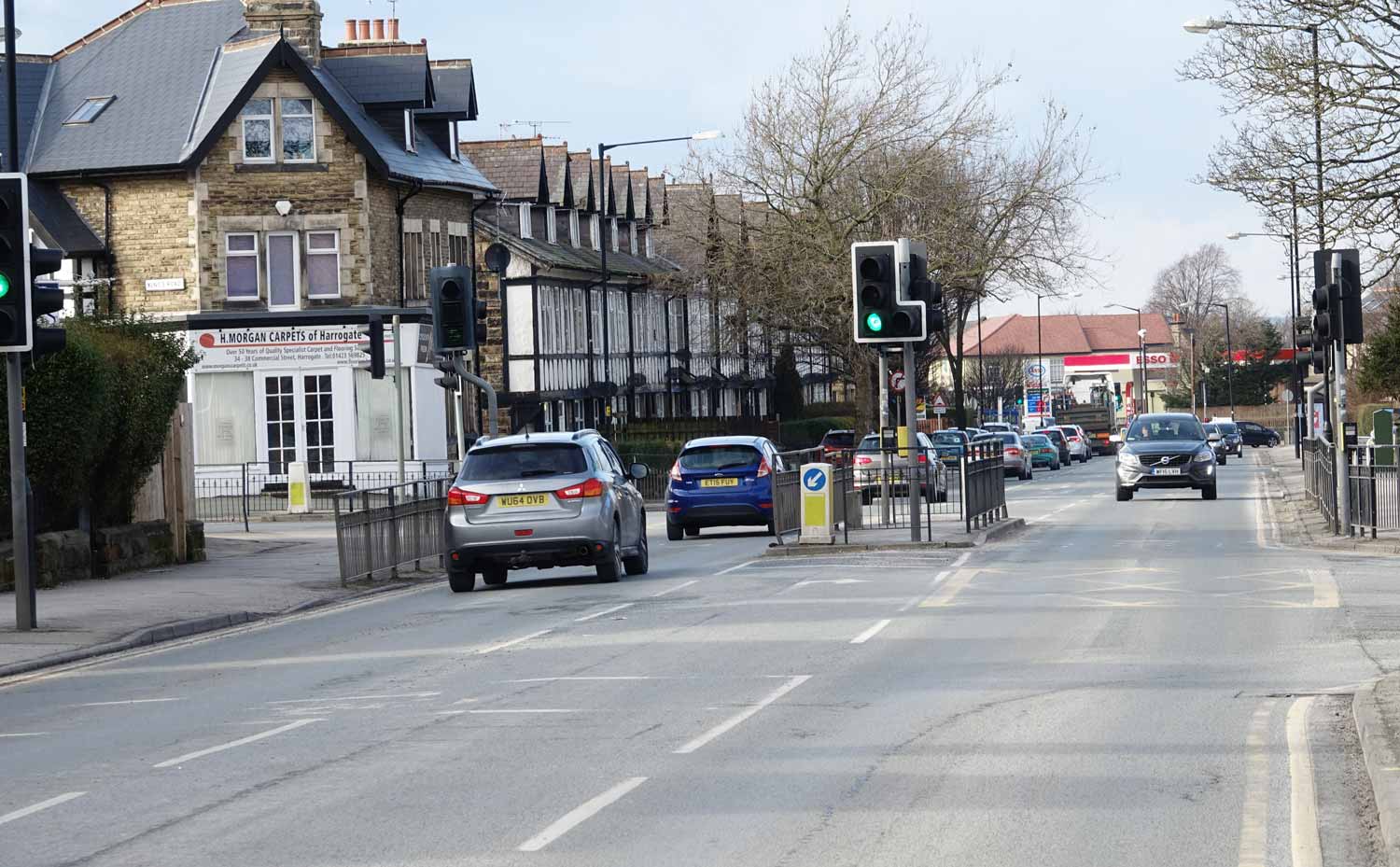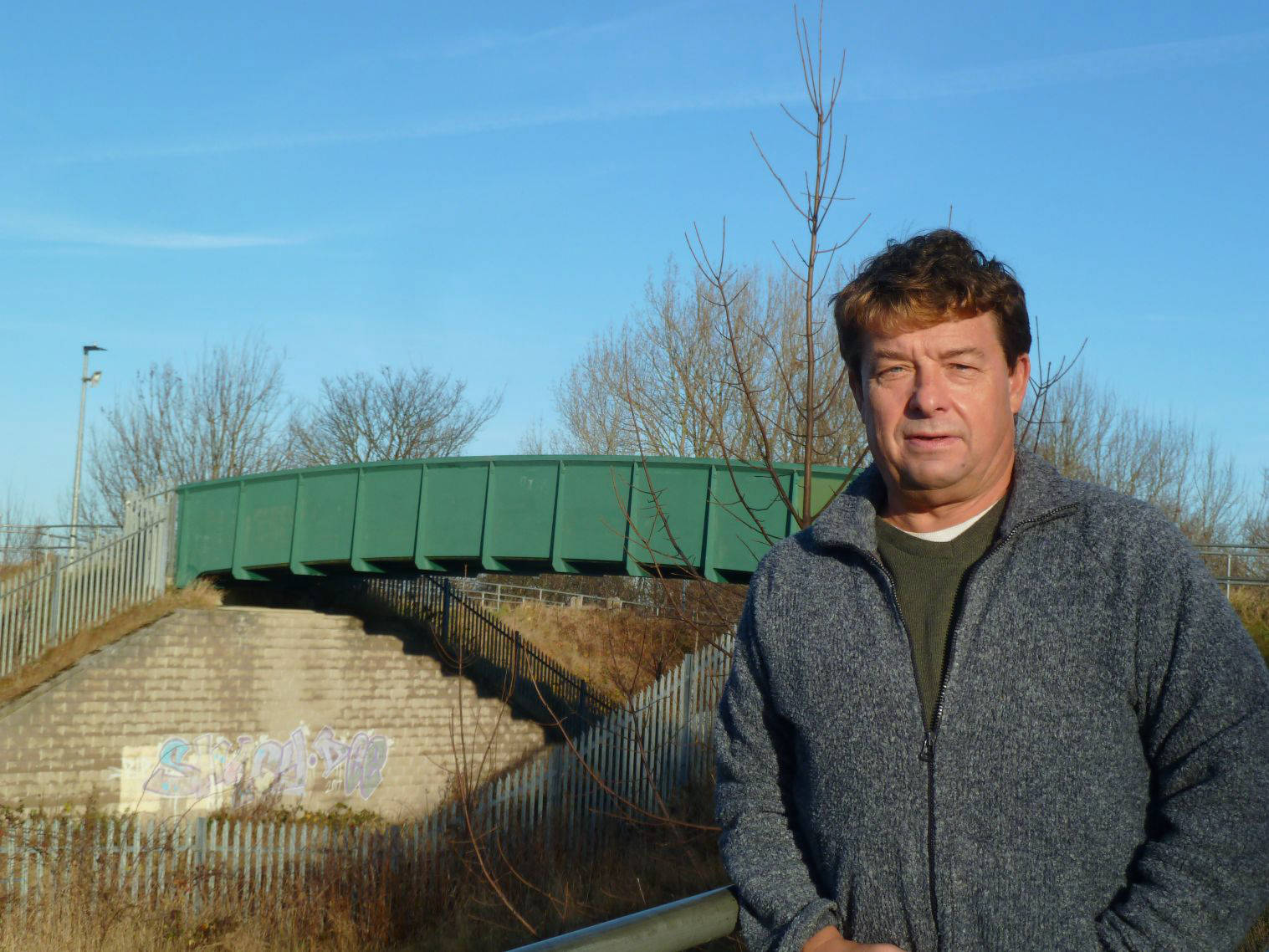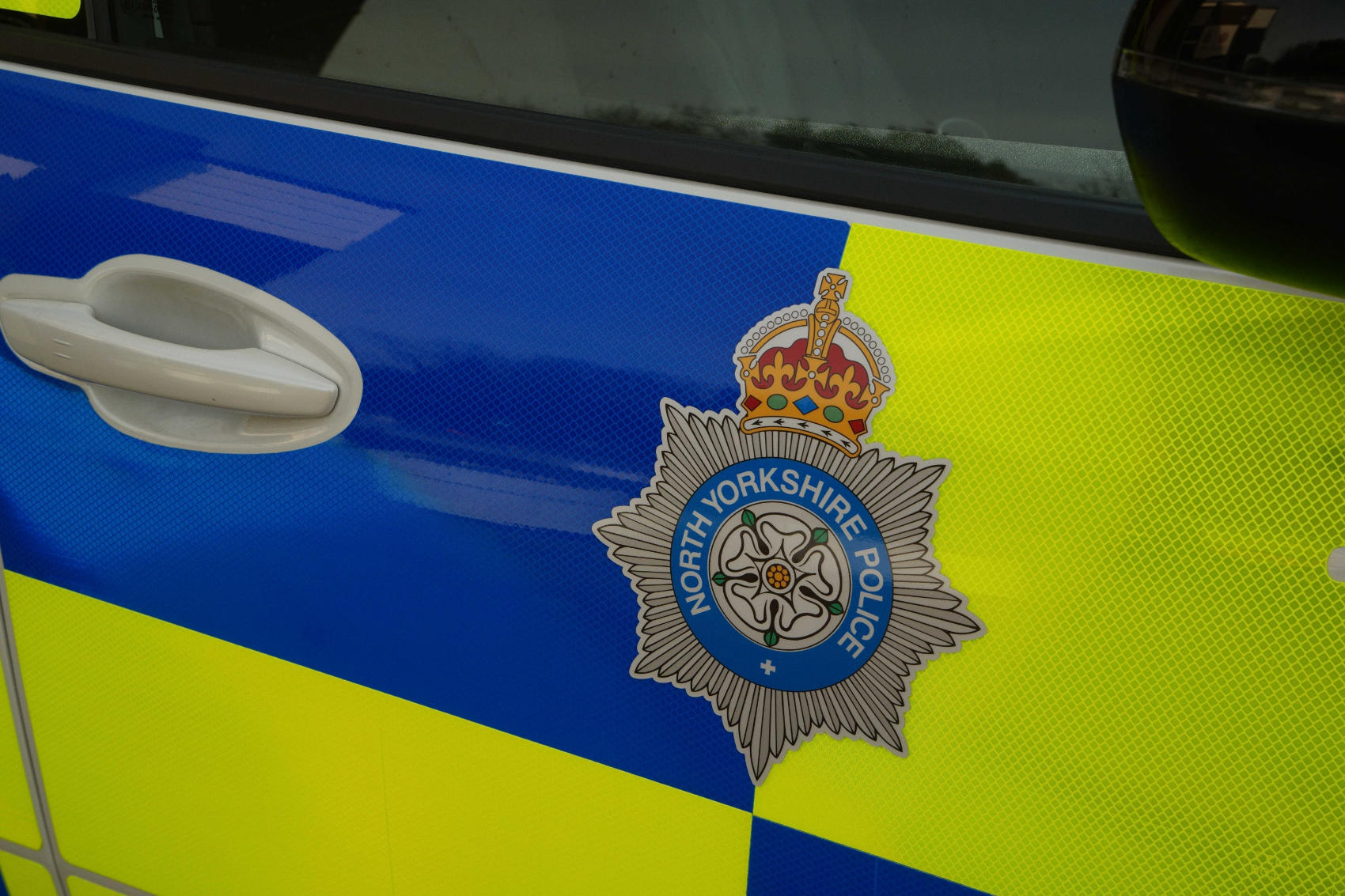We have put a number of direct questions to the North Yorkshire County Council over the Harrogate Congestion Study.
- The congestion study is running between 15 April and 8 July 2019
- See www.northyorks.gov.uk/harrogate-congestion-engagement to make your view known
The study is NYCC’s response to the growing congestion problem in the town. It is asking for people’s views on if they believe there is a problem and what they see as potential solutions.
A contovertial element of the proposal is relief road that runs from A59, just south of Killinghall to A658 (between Kestral roundabout and St Jame’s Park roundabout.
Opposition groups have said that the relief road would destroy the Nidd Gorge. The relief road passes near to the Nidd Gorge, but not through it. Although the road would change the area substantially and access to the Nidd Gorge, there is no evidence that the adjacent Nidd Gorge would be destroyed.
Opposition groups have also said that they believe the route will become a major east-west route. NYCC have said that is not the case as the route wouldn’t provide sufficient improvements in travel time. Highways England are however looking at east-west connectivity – that would be a potential new route from the M6 in Lancashire to the A1 in Yorkshire. NYCC have said they would not support a route that had significant impact on the Yorkshire Dales National Park or the Nidderdale Area.
The council have not shied away from responding and have given a comprehensive responses below.
How is congestion measured, what metrics are used to assess the current problem and the benefit of any changes?
There is no single definition or measure of traffic congestion, However, there are a number of indicators that can and are used. For example, journey times between points across the town at busy times and comparison to ‘free flow’ speeds on the same route when there is little traffic on that route is one of the metrics considered as part of this study. Individual junction capacity and queues and delays are also a widely used indicator of congestion. Most of these metrics for Harrogate and Knaresborough suggest that there is congestion on the main routes around the towns at certain times of the day. However, as reflected in the questionnaire, perhaps the more important issue is whether people feel that this congestion is a problem to them.
Why is there a greater level of additional measures for the option with a relief road when compared to the option without?
Our questionnaire is not asking about two options (packages). Rather, it is asking about a wide range of individual elements that are included in the packages for illustrative purposes. However, package B is the package that includes a large number of smaller scale measures and package E the larger new infrastructure type measures. That is not to say, however, that measures from package B could not also be delivered alongside the infrastructure measures and vice versa. Some people at the exhibitions have described it as a pick and mix.
Why was a junction in Bilton removed from the scheme if it was seen as adding value?
While our study indicated a junction onto Bilton Lane would significantly increase traffic relief in the town centre, especially on the A59 Skipton Road, it also indicated a huge increase in traffic on Bilton Lane itself, especially at the north-eastern end. This was felt by the County Council to be an unacceptable level of increase on what is a residential street with numerous houses and driveways accessing directly onto the street.
A WSP report concluded that the majority of traffic in the study was journeys that start and end in Harrogate. How will a relief road help that?
The purpose of the suggested relief road option is to redistribute traffic around the town, so, for example, a trip from Knaresborough to Jennyfields or Skipton would use the quicker relief road route rather than driving through the congested town centre (Skipton Road).
This is just an example of the redistribution which in reality is made up of numerous different trips around Harrogate which would be quicker using the relief road route. The relief road would also take a significant proportion of the 7% of bypassable ‘through’ traffic that does not want to be in Harrogate.
Why is the road being termed a relief road rather than bypass if it is bypassing a large part of Harrogate?
As mentioned above it is being termed a relief road as it does not bypass the towns but re-distributes traffic around the towns. It could equally have been termed an internal distributor road.
Will there be weighting applied to comments, dependent on where they came from ?
The information from the questionnaire responses includes postcodes. Where appropriate, this will allow County Council officers to report different trends in responses from different areas of Harrogate, Knaresborough and beyond.
Officers do not, however, intend to apply any specific ‘weighting’ to responses from these different areas but will simply report on factual trends. It will be for the elected Councillors as the decision makers to make a final judgement.
Opposition to the relief road have said that it will become a major east – west route and that is in the NYCC plans. Is that true?
No. The primary purpose of the relief road option is to address local congestion and its impacts. The relief road would undoubtedly improve ‘local’ east-west travel across the A59 corridor to, for example, Skipton but it would not be a new ‘major’ east west route to relieve the M62 nor would the likely journey time improvements on the A59 from the relief road option and other localised improvements (e.g. at Kex Gill) be likely to lead to much traffic diverting from the M62.
Highways England has recently commenced a study into the potential for a new major east-west route between the M6 in Lancashire and the A1 in Yorkshire but this is still work in progress. County Council officers have, however, publicly stated that we feel that a route using the A59 in North Yorkshire would be unacceptable due to its impact on the Yorkshire Dales National Park, the Nidderdale Area of Outstanding Natural Beauty and we are very clear that the suggested route of the option of a relief road being included in this survey is totally unsuitable as a new major east-west route.
What visibility of the process in reviewing consultation responses will there be?
All of the survey responses are being collated into a spreadsheet. Alongside the publication of the first committee reports on the survey (in mid-August) a version of this full spreadsheet will be made available on request (without any need for a Freedom of Information Act request). There will be a need to remove some personal data from the questionnaire responses to comply with data protection regulations, but the intention is that the ‘raw data’ will be in the public domain.
Was the congestion study put together by NYCC staff or did you involve/ has it been ratified by the British Polling Society as fair questions?
The questionnaire was produced by NYCC and WSP staff all with extensive experience of public engagement and consultation. The questions were also shared with NYCC staff not involved in the project to make sure they thought that they were fair and understandable to the general public. As this is an information gathering exercise and not a referendum or vote it was not deemed necessary to seek any external ratification.
Whilst I am aware that we have had some feedback from a small number of people that the feel the questions are biased in favour of a relief road we have also had feedback from people who have expressly stated that they think the survey is neutral and unbiased.
In terms of future budget, I understand that you need to go to central government for funding for a new road. Where would funding for the other measures come from?
The vast majority of funding for whatever measures we may implement would need to come from central Government. For major infrastructure (individual schemes costing more than £5m) there are a small number of ‘major schemes’ Government funding options available. For the smaller packages of measures funding would most likely come from smaller ‘ad hoc’ Government funding opportunities that we can bid for such as our recent successful bid into the National Productivity Investment Fund for the West of Harrogate package. Most of the funding opportunities from Government do, however, require an element of ‘local contribution’ from the bidding authority typically between 10% and 15%.
Are you also considering a congestion charging zone for central Harrogate, similar to London, where you pay to enter the town centre?
That is one of the options, though as with any of the options included in the consultation it is not a firm proposal. The other ‘charging’ option being considered is increased car parking fees in the town centre which could have a similar deterrent effect. In either case, there would be further consultations on the details of any proposal.
The removal of free bus transport for schools is viewed by many as a significant contributory factor to congestion at that time, what would you say to that?
In 2012, the council made a decision to cease providing transport for pupils on denominational grounds, which resulted in the removal of many buses across the county, including the Harrogate area, over the last few years. In Harrogate, the two secondary schools affected chose to replace many of those services themselves to maintain a transport network into their schools. We believe that those services are well used in spite of there being a charge for their use.
What is NYCC’s view on the current bus service in the town and do you see it could be improved, if so how?
In common with most towns and cities in England there are a small number of very profitable routes where you get multiple operators competing and this can lead to too many buses on these routes. We have had some feedback from the public that suggests people consider that the Knaresborough to Harrogate route is an example of this. Equally, there are areas of Harrogate and Knaresborough poorly served by bus routes and ‘cross town’ travel in Harrogate usually requires changing buses in the town centre which is a major disincentive to using buses. However, in common with everywhere in England except London, the County Council has no real powers to plan bus routes as they are operated commercially. The County Council can, however, make targeted provision for bus priority on the highway which could help make services more commercially viable and so help extend the bus network in Harrogate and Knaresborough to areas that currently have little or no service. To a greater or lesser degree improved buses are likely to be part of any package to address congestion in the towns.
Have you compiled an environmental impact report for the proposed new road?
No detailed environmental impact assessment for the relief road or any other option has been carried out at this stage. Initial consideration has been given to the potential environmental impacts of all the options but a full assessment will only be undertake if and when the different options are progressed further. At present we are only engaging on concepts not firm proposals and for the County Council to spend hundreds of thousands of pounds of public money on detailed environmental impact assessment for options that may go no further would not represent best value.
Does NYCC have a strategy around car parking in Harrogate, how does this fit around that?
The County Council, as highway authority, has a statutory duty to reduce congestion and the number and severity of collisions on its highway network. A significant part in achieving this is having a robust parking management strategy and operation. The county council is responsible for on-street parking only, with the respective district councils, in this case Harrogate Borough Council, being responsible for the majority of off-street parking facilities. Therefore it is imperative to have a combined and co-ordinated approach with the county and district strategies complementing each other. One of the main strategic approaches for the county council in exercising its duty to reduce congestion through parking management is firstly to encourage off-street parking by making on-street parking more expensive and/or for a shorter time period. Without this core principle the demand for and use of on-street parking spaces would have a significant detrimental impact to traffic movement, parking opportunity and the general highway environment. Of course, improvements can always be made and the county council continually monitors the performance of its parking management operation in accordance with its strategy and in co-ordination with Harrogate Borough Council and will take the appropriate action to make any change necessary to provide the best service possible to residents, visitors and business in the town and the whole county.








I recently visited Richmond and was appalled by the level of congestion. It was nearly as bad as the level of congestion in Harrogate.
I believe that the congestion in Harrogate is due to the inadequate road planning policy of NYCC.
Other popular tourist towns, such as York and Oxford have ring roads and a Park and Ride system to relieve pressure on the town centre.
Similarly, Harrogate should have a ring road to take East-West and North-South away from the congested town centre. I have estimated the through traffic on a typical weekdays and weekends, including during the morning and evening rush hours and strongly dispute it amounts to just 7% of hourly traffic.
Why do they do a survey when major roadworks are in progress in the area. Obviously the traffic is a nightmare because of this . Survey very biased.
How did you estimate through traffic?
This is lunacy. If NYCC seriously considered that someone traveling from Knaresborough to Skipton or Jennyfields does so via Skipton Road they need medical help.
This a stinks of a preordained solution being bulldozed through as a considered post consultation response to a public opinion poll.
‘Although the road would change the area substantially and access to the Nidd Gorge, there is no evidence that the adjacent Nidd Gorge would be destroyed.’
‘No detailed environmental impact assessment for the relief road or any other option has been carried out at this stage.’
Do we not see the hypocrisy going on here? You have no evidence of a relief road destroying the Nidd Gorge, not because the Nidd Gorge would be safe, but because there is no effort to carry out the due environmental impact assessment. Why? Because there is so much vested interest in a relief road. What disgusting ‘journalism’ – you are clearly in on it too, misleading readers into helping you achieve what you want.
Rather than a self-selecting questionnaire, NYCC should run a proper traffic census. I suspect that they could engage a company like Waze (who do offer this as a service) to give them a fantastic analysis of Harrogate traffic flows.
NYCC reply to school buses taken off and every thing is running smoothly is far from the truth. for nearly 4 years I have battled with the traffic in and around Harrogate to take my 3 children to school who attend St Aidans it is not a journey I choose to do. Bus passes went up to over £900 per child and then buses were taken off as the companies running then didn’t make enough money or they went out of business. Only since September 2019 have Transderv added a drop off and pick up at St Aidans to an existing public service bus.
I live rurally nr Pateley Bridge and at least 40 other families in my area with children at st Aidans make the same journey adding to the congestion and pollution. NYCC still subsidise bus passes for all other schools in Harrogate its only the faith schools of St Aidans and St John Fisher that were effected. Over half the parents at St Aidans take their children to school by car as they have no other option thanks to NYCC. This will only get worse due to the amount of new builds going up around Harrogate, No bypass is going to help this.
To suggest that the Relief Road does not pass through Nidd Gorge is a lie, how do NYCC get away with this, it passes over the Gorge and runs along side in the adjacent fields, that is destruction of an area of Natural Beauty, having put the road through the Green Belt between Harrogate and Knaresborough there will be a massive area opened up to developers, NYCC are a disgrace, corrupt and inept, so far they have spent over half a million on this farce and we are no further ahead, the consensus is that Wetherby and Skipton Roads need mini roundabouts like Bond End, this would cost a few million not the £200 for a road that clearly the majority of residents vehemently oppose.
Mr Cook, yet to figure out why you are taking NYCC’s narrative as gospel, other than you have a massive ad on your site so they are effectively paying him.
Not acceptable.